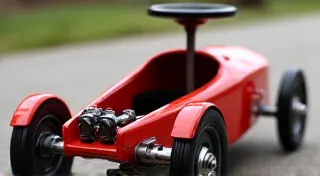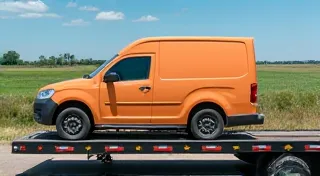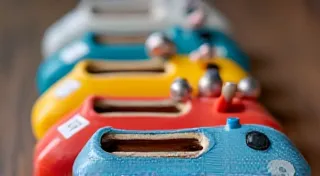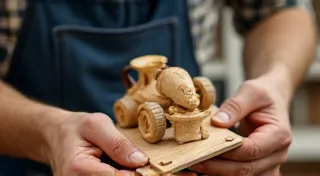Essential Tools for Building a Soap Box Car
Building a soap box car is a fantastic project, combining creativity, engineering, and a whole lot of fun! But before you start cutting wood and assembling your masterpiece, you’ll need the right tools. This guide breaks down the essential tools needed, offering options for both those on a budget and those looking for professional-grade equipment. We’ll cover everything from measuring to cutting to fastening. The process can be incredibly rewarding, tapping into a sense of flow and intrinsic motivation, much like we explored in Whispers of the Workshop: Finding Flow and Intrinsic Motivation in the Soap Box Car Project.
Planning and Design Considerations Before You Start
Before you even pick up a tool, thoughtful planning is crucial. The design of your soap box car dictates everything from the choice of materials to the complexity of the steering system. A well-conceived plan minimizes wasted materials, streamlines the build process, and ultimately leads to a better-performing vehicle. Consider factors like weight distribution, aerodynamic profile, and driver comfort. Simple designs are often the most effective, especially for first-time builders. However, don't be afraid to experiment with more complex shapes and features if you have the skills and resources. If you're struggling with design concepts, researching existing soap box car designs can provide valuable inspiration.
Measuring and Marking Tools
Accuracy is key in soap box car construction. Slight misalignments can impact the car's performance and safety. Start with the basics:
- Tape Measure: A 25-foot tape measure is versatile for most car building projects. (Budget-friendly: $10-$20; Professional: $25+)
- Combination Square: Used for marking 90-degree and 45-degree angles. Essential for ensuring square cuts. (Budget-friendly: $5-$15; Professional: $20+)
- Pencil: A standard pencil is fine, but a mechanical pencil can offer more precision.
- Marking Gauge: A marking gauge is extremely helpful for accurately marking parallel lines, crucial for wheel placement and body panels. (Budget-friendly: $10-$20; Professional: $25+)
- Angle Finder: (Optional) An angle finder can be useful for transferring angles from existing shapes or for creating more complex designs.
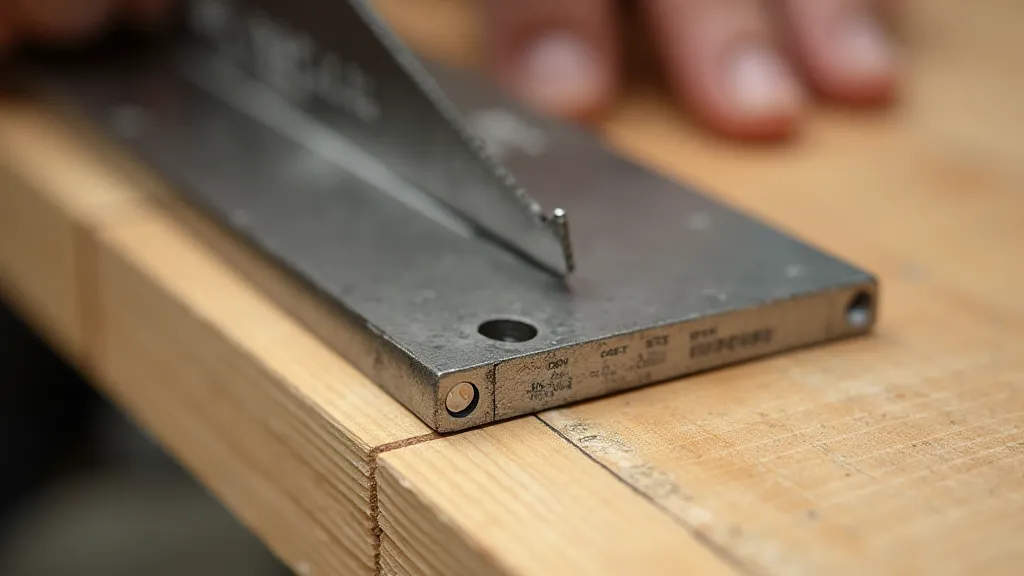
Cutting Tools
You’ll primarily be cutting wood for your soap box car. The tools you choose will depend on your budget and the type of wood you’re using. Choosing the right cutting tools can often be the difference between a frustrating and a pleasant building experience. Think about the shapes you're likely to need; for instance, more complex curves will require more specialized tools. While straight cuts are relatively easy, incorporating unique designs can be a great way to personalize your creation, but also demands increased skill and potentially specialized jigs and fixtures. Often, beginners will opt for lighter woods such as pine, but more experienced builders might consider hardwoods for increased durability and improved aesthetics. Regardless of the material chosen, careful measurement and precise cuts are paramount.
- Hand Saw: A good quality hand saw will work, but requires more effort and skill. (Budget-friendly: $15-$30)
- Circular Saw: This is a more powerful and efficient option for cutting larger pieces of wood. (Budget-friendly: $50-$100; Professional: $150+)
- Jigsaw: Ideal for cutting curves and intricate shapes. (Budget-friendly: $30-$60; Professional: $80+)
- Coping Saw: A coping saw is a great alternative to a jigsaw for smaller, more detailed cuts.
Fastening Tools
Securing the various components of your soap box car is vital. Consider these tools:
- Drill/Driver: A cordless drill/driver is a must-have for driving screws and drilling pilot holes. (Budget-friendly: $30-$70; Professional: $100+)
- Screwdrivers: A set of screwdrivers (Phillips and flathead) is necessary, even with a drill/driver.
- Clamps: Clamps are crucial for holding pieces together while glue dries or screws are driven. A variety of sizes is helpful. (Budget-friendly: $15-$30 for a small set; Professional: $50+)
- Wood Glue: Choosing the right wood glue is essential for strong and durable joints.
- Countersink Bit: A countersink bit creates a recess for screw heads, allowing them to sit flush with the surface of the wood.
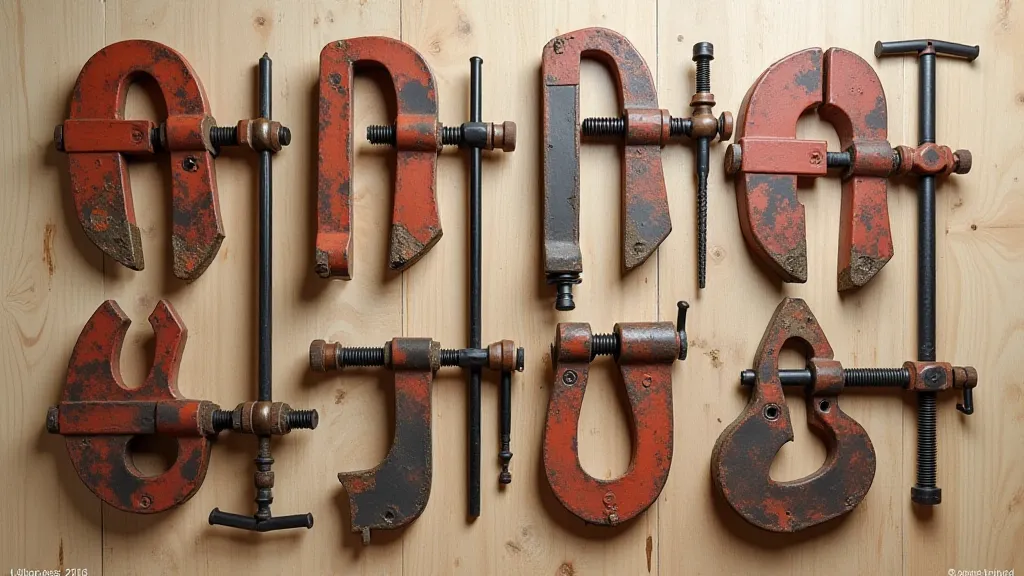
Finishing and Shaping Tools (Optional, but Recommended)
While not absolutely essential, these tools can significantly improve the quality and finish of your soap box car. A well-finished car not only looks better but often performs better too. Smooth surfaces reduce friction and improve aerodynamics. Remember, the design of a soap box car isn’t just about the frame; it’ve got to think about the entire package – the body, the wheels, the steering – everything contributes to the final result. For those looking to really fine-tune their car, troubleshooting any issues that arise during the building process is crucial, and you can find resources to address common problems on our guide to Troubleshooting Common Soap Box Car Problems.
- Wood File/Rasp: For smoothing rough edges and shaping wood.
- Sandpaper: A variety of grits for smoothing surfaces.
- Spokeshave: (Optional) A spokeshave is fantastic for shaping curved pieces of wood, especially if you'll be crafting custom wheel wells.
- Belt Sander: A belt sander can dramatically speed up the sanding process for large surfaces.
Steering Systems and Controls
Beyond the basic frame and body, a functional and responsive steering system is paramount. While simple lever-based steering is common, more advanced systems can dramatically improve control and handling. The complexity of the steering mechanism significantly affects the overall performance and requires careful consideration of the forces and torques involved. A poorly designed steering system can lead to unpredictable behavior and a frustrating racing experience. Understanding the principles of mechanical advantage and leverage is essential for creating a reliable and effective steering setup. It's also important to consider how the steering system integrates with the driver's seating position for optimal control and comfort. To ensure your soap box car is ready for the racetrack, consider where you’re going to actually race, and you’ll find resources to Finding Soap Box Car Races Near You!
Wheel Selection and Preparation
The wheels are arguably the most critical component of your soap box car. Their diameter, material, and bearing quality directly influence speed, rolling resistance, and overall performance. Selecting the right wheels requires careful consideration of the intended racing surface and the rules of the competition. Proper wheel preparation, including cleaning the bearings and ensuring a true rolling surface, can make a significant difference in race day results. While selecting wheels is important, the right tools and techniques are essential for maximizing their potential.
Safety Gear: Don’t Forget!
Safety is paramount! Always wear appropriate safety gear when building your soap box car. Working with power tools and wood requires constant vigilance and adherence to safe practices. Even seemingly minor cuts and splinters can become infected if left untreated. Furthermore, ensuring the stability and structural integrity of the car itself is crucial for preventing accidents during races.
- Safety Glasses: Protect your eyes from flying debris.
- Hearing Protection: Especially when using power tools.
- Dust Mask/Respirator: To avoid inhaling sawdust.
- Work Gloves: Protect your hands from splinters and abrasions.

Building a soap box car is a rewarding experience. By investing in the right tools and prioritizing safety, you’re setting yourself up for success and a whole lot of fun!
